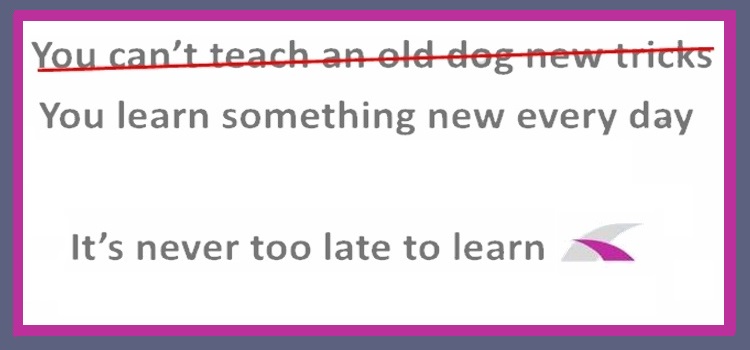Every one of us has at one time, in the classroom or outside of it, felt that sinking feeling – somebody in the group says a controversial topic, and that point is met by a wall of uncomfortable silence. Or worse, by a thunder of bristled opposition. Discussing hot-button issues can often be tricky, but it is important not to skirt away from doing it. There are certainly many ways to approach tense subjects wrongly, so it’s a good idea to prepare topics in an effective and sensitive way.
Perhaps the biggest cause of labelling a subject as a controversial topic is a level of fear, and perhaps the biggest cause of fear is a lack of knowledge about it – we fear the dark because we
just don’t know what lies within it. It is a good idea to introduce the topic with the intention of learning more about it, rather than blasting an opinion about it.
First of all, it is important to dispel as much uneasiness about a topic as possible. Tell the students that we are going to talk about something that they may feel uncomfortable discussing; this is the first opportunity for a student to voice any concerns they may have. If everybody is game, remind them that potentially emotive subjects should earnestly be approached with an open mind – we discuss these things so that we can gain a better understanding of them.
Before any teaching materials or articles are brought to the table, ask students what they already know about the subject. This way you can find out how much the student knows about the issue, and whether they have any personal ties to it.
It’s vital that topics are presented in as balanced a way as possible; no matter where your personal opinions fall, the teacher must act as a moderator between the two sides of the discussion. Present material covering all views and give them to the students, allowing each opinion to be heard and considered. It can also be helpful in a debate to assign students with opinions that they do not hold. With this, students can dissociate their own beliefs from the discussion and talk more objectively. As the moderator, you must direct the flow of verbal waters to a calm and still level. Ensure that everybody’s voice is heard, and intervene if students are becoming particularly aggravated or uneasy.
After discussion has simmered, you may wish to express your own opinion on a subject. Some students may feel intimidated by a teacher opposing their own opinions, so it is important to remain impartial until after all students have expressed their opinions freely. The reason it may be beneficial to give your own opinion is the reassurance of the students; many topics will have a strong emotive issue for people, and expressing it to a room of others can be stressful and exhausting. By doing this yourself, you can put yourself through the same paces as your students, which can balance out the atmosphere in a room.
It is always a good idea to have a case study at hand to present. A specific example gives everybody something to focus on, and is the best way to use the language and terms associated with the issue. A case study is instrumental in offering students a place to speak about these issues in a real-life application. Which, of course, is what we are aiming for!
After looking at the case study and voicing further debate, allow time for a debrief and for the students to ask any further questions or understand any unclear points.
Read more on controversial topics
HERE. 





